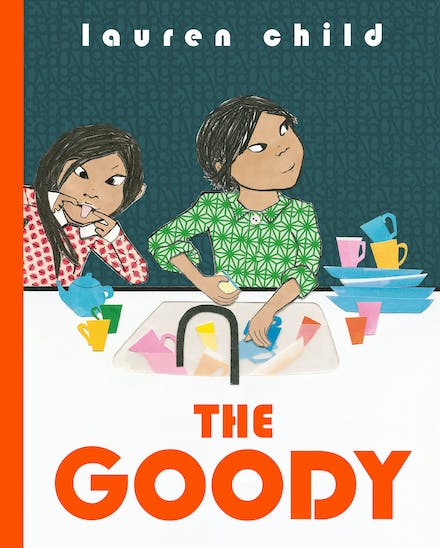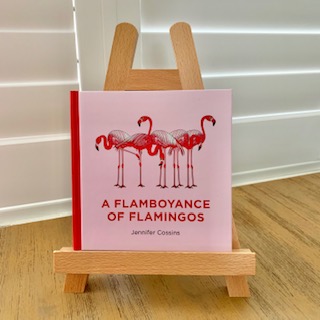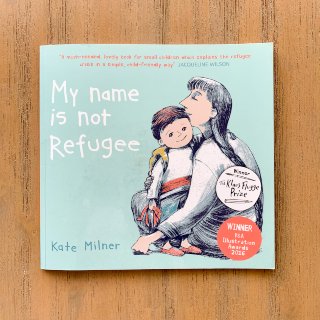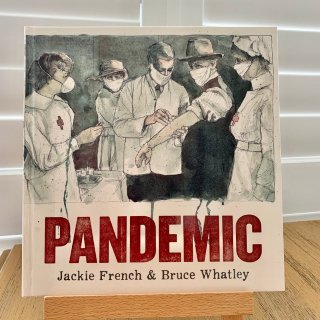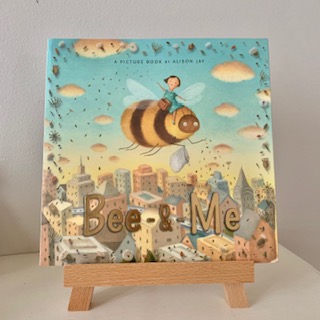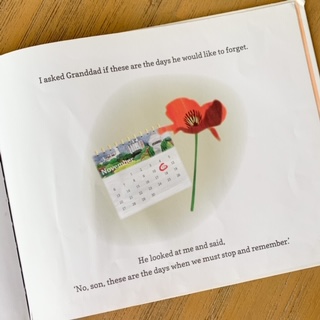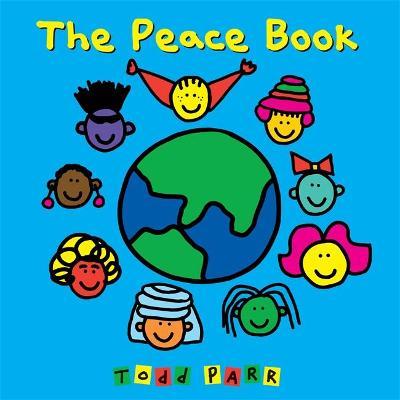The Goody
Free lesson plan, writing template and printable word-search puzzles for kids
Best suited to:
K – Year 2
KLAs covered:
English, PDH
NSW Syllabus outcomes:
Learning:
- children are worthy and loved even when are not well-behaved (“good”);
- it’s important to be kind to others;
- children are not “good” or “bad”, depending on their behaviour;
- being “good” is not what makes you nice but being nice can make you feel good;
- children need to be allowed the freedom to be themselves;
Need to know:
- the book is two siblings: Chirton who is regarded as a “good” child by his parents and the people around him while Myrtle is regarded as “bad”;
- the children have internalised these evaluations of their behaviour and unconsciously ensure their behaviour matches the evaluations;
- one day, Chirton decides he’s had enough of being the “goody” and changes his behaviour but it doesn’t make him feel good inside;
- by chance, Myrtle is given the opportunity to feel good by behaving like a “goody”;
- the children challenge their parents on their expectations and evaluations of their children and the parents realise that it’s ok for their children to be “good” sometimes and, occasionally, to be “bad”;
- the text speaks directly to children about how they feel when asked to do things they don’t want to do;
Learning Objectives:
- Literacy Objectives:
- Recognize characters, settings, and events in the story;
- Develop vocabulary by discussing emotions and character traits;
- Practice writing and speaking skills through retelling and discussion;
- PDH Objectives:
- Understanding feelings and emotions of characters;
- Developing empathy and understanding of diverse perspectives;
Discussion Questions (before reading):
- show the children the front cover and ask what they can see, what they think the book might be about and what they wonder about the book (see-think-wonder routine);
- read the title and show the children’s the author’s name. Discuss the meaning of the words author and illustrator. What is a “goody”?
- tell the children that Lauren Child is an English author who has written and illustrated many picture books. Ask the children if they know of any other books she has written. Talk about the author’s illustration style – can they see similarities with her other books? (Get hold of a copy of another of her books if you can or show the covers on the classroom’s interactive whiteboard);
- write the names Myrtle and Chirton on the whiteboard and tell the children these are the names of the children in the book. Tell them that most of the time when we say the er sound, as in butter or river, we write it with er. But in some words that same sound is written with yr or with ir;
Discussion Questions (after reading):
- ask children what they thought about of the book. Did they like it? Not like it? Why? Which was their favourite page?
- what did his parents and other people say about Chirton? What did they say about Myrtle?
- was it a good thing that the children’s parents (and other people) called Chirton a “goody” and said that he was the good child and that Myrtle was the bad child? Why/why not?
- if the children haven’t pointed this out, ask: what happened when their parents called Chirton good and Myrtle bad? How did Chirton and Myrtle behave?
- how do you think Chirton feels about always having to be the “good” one? (annoyed, confused, upset, bored, sad?)
- how does Chirton feel when he saw Myrtle downstairs after bedtime?
- when Chirton decided to stop being so good all the time, how do you think his parents, Alba and Myrtle felt? (surprised, confused, disappointed)
- what happened when Myrtle went to the birthday party to deliver the card Chirton had made? How do you think Myrtle felt?
- what happened when Chirton refused to go to bed for the babysitter? And when he didn’t clean out the rabbit’s cage? How did he feel?
- what did Chirton do that made him feel good inside? (cleaned out the rabbit’s cage)
- what did Chirton decide about being a goody? (being a goody is not what makes you a nice person but being nice when you are able to can make you feel good)
- on the last page, the author writes “Being appreciated is very important, isn’t it.” What does “appreciated” mean? When do you feel appreciated in your life?
- note: some children may tell you that this is what happens in their family – that they are always the “good” child or the “bad” child. If so, it’s important to validate the child’s feelings. So, you could say: it must be hard to have that happen. How does it feel to you?
- have a look at some of the pages and ask the children to pay attention to the illustrations. What do they notice? How has the author/illustrator made the illustrations? (bright colour; bold, chunky outlines; photographic collages; detailed facial expressions; magazine cuttings; fabric; watercolours).
- tell the children that authors write stories to entertain us but usually they also have a message they want to tell us and they use their stories to do this. What message do you think Lauren Child wants us to understand from reading her story? (all children are “good”, no matter how they behave sometimes; we don’t always have to do the things other people think we should, doing kind things makes us feel good inside);
Activities
- children complete a wordsearch using vocabulary from the story;
- children write and/or draw a response to the story. They can draw or write about their favourite part, write about something they learnt from the story or write about the message they think the author is trying to convey in the story;
- as a class, have children re-tell the story verbally using a first-next-then-finally sequencing routine;
- children complete a written re-tell of the story, using a first-next-then-finally scaffold, and illustrate their work;
Free, printable word-search puzzles
These free printable word-search puzzles for kids are great for building and reinforcing the vocabulary used when you’re discussing The Goody.
There are two different puzzles so you can choose the ones which best suit your students.
Free writing template
You can download and print our free writing template for use with The Goody here (PDF).

